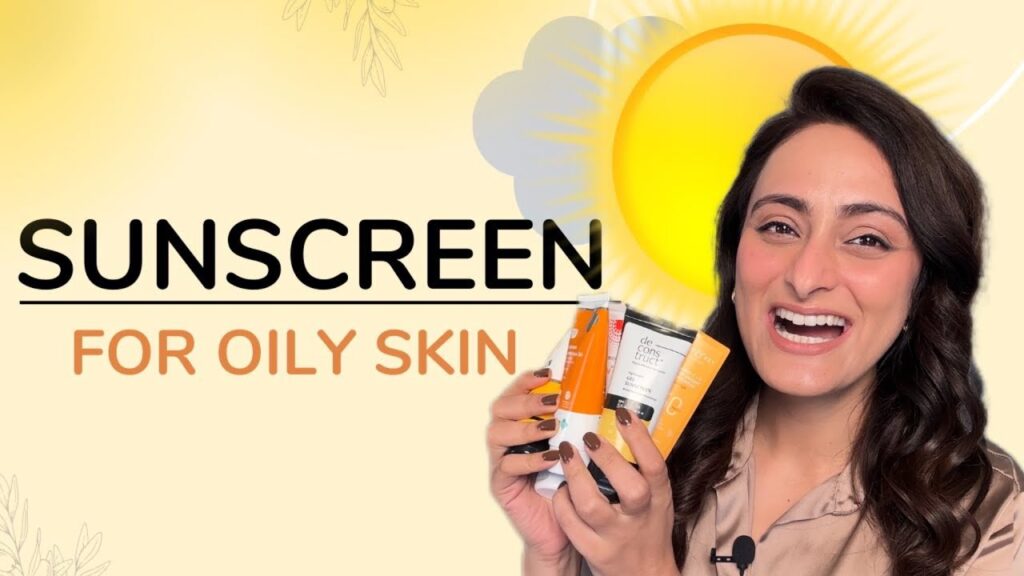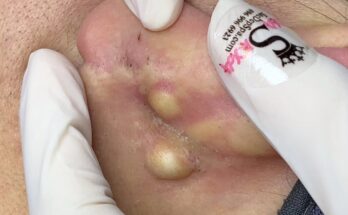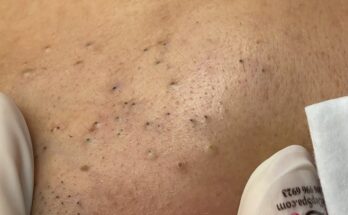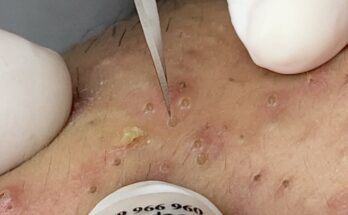
The fear that sunscreen causes acne is a common concern, often leading people to skip this vital step in their skincare routine. While some sunscreens can indeed contribute to breakouts, it’s not the product itself that’s the culprit, but rather the ingredients and formulation. Understanding this distinction is key to protecting your skin from UV damage without sacrificing clarity.
Why Some Sunscreens Clog Pores
The main reason certain sunscreens lead to breakouts is their comedogenic ingredients. Heavy, oily formulations and certain chemical filters can sit on the skin and mix with sebum and dead skin cells, effectively clogging pores. This is particularly true for older formulas or products designed for very dry skin. Ingredients like beeswax, certain oils, and even some fragrance additives can also be problematic for acne-prone individuals. The occlusive nature of these products can create an environment ripe for bacterial growth, leading to inflammation and pimples.
Best Non-Comedogenic Sunscreen Options
For those with acne-prone skin, the solution is to choose “non-comedogenic” sunscreens. These products are specifically formulated to not block pores. Look for mineral-based sunscreens containing zinc oxide and titanium dioxide, as these ingredients are generally well-tolerated and less likely to cause irritation. Many new chemical sunscreens are also lightweight and formulated for oily or sensitive skin. Phrases like “oil-free,” “gel-based,” or “for acne-prone skin” on the label are good indicators.
Tips for Acne-Prone Skin in the Sun
Beyond choosing the right product, here are some tips to keep your skin clear:
- Cleanse Thoroughly: At the end of the day, use a double-cleansing method to ensure all sunscreen and debris are removed.
- Patch Test: Before committing to a new product, test a small amount on a discreet area of your face to see how your skin reacts.
- Reapply Correctly: Reapply sunscreen every two hours, but only on clean skin to avoid layering on top of sweat and grime.


